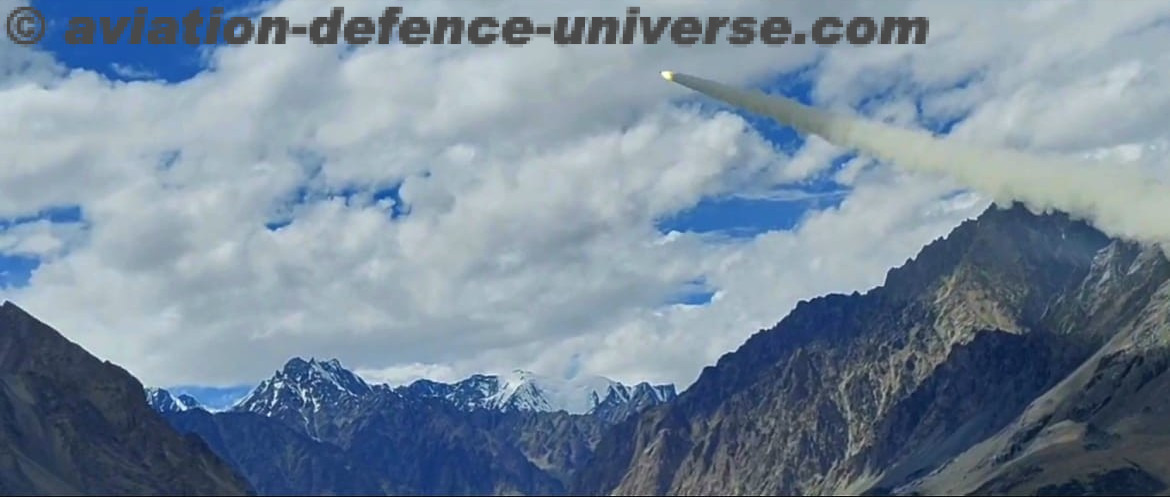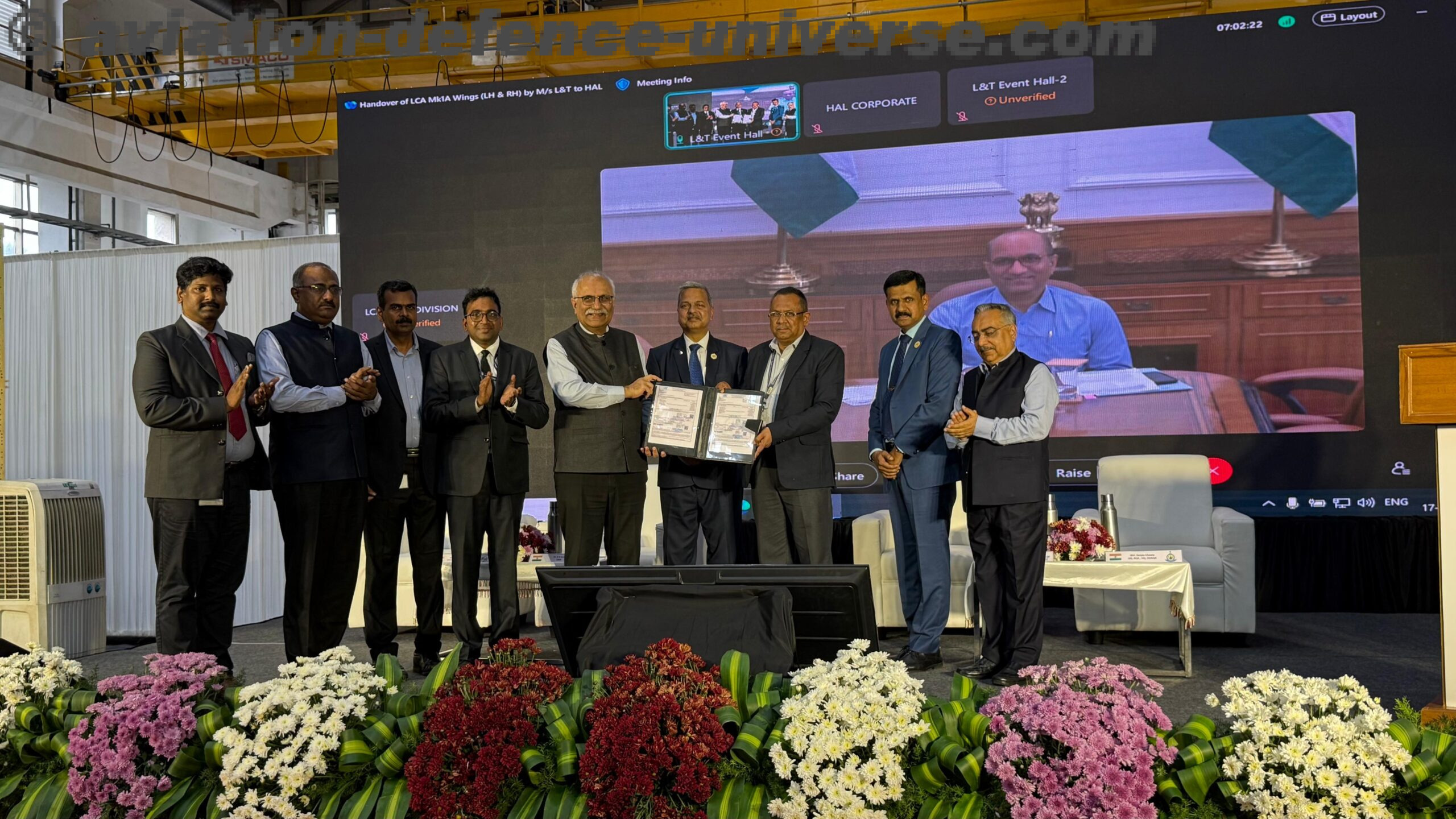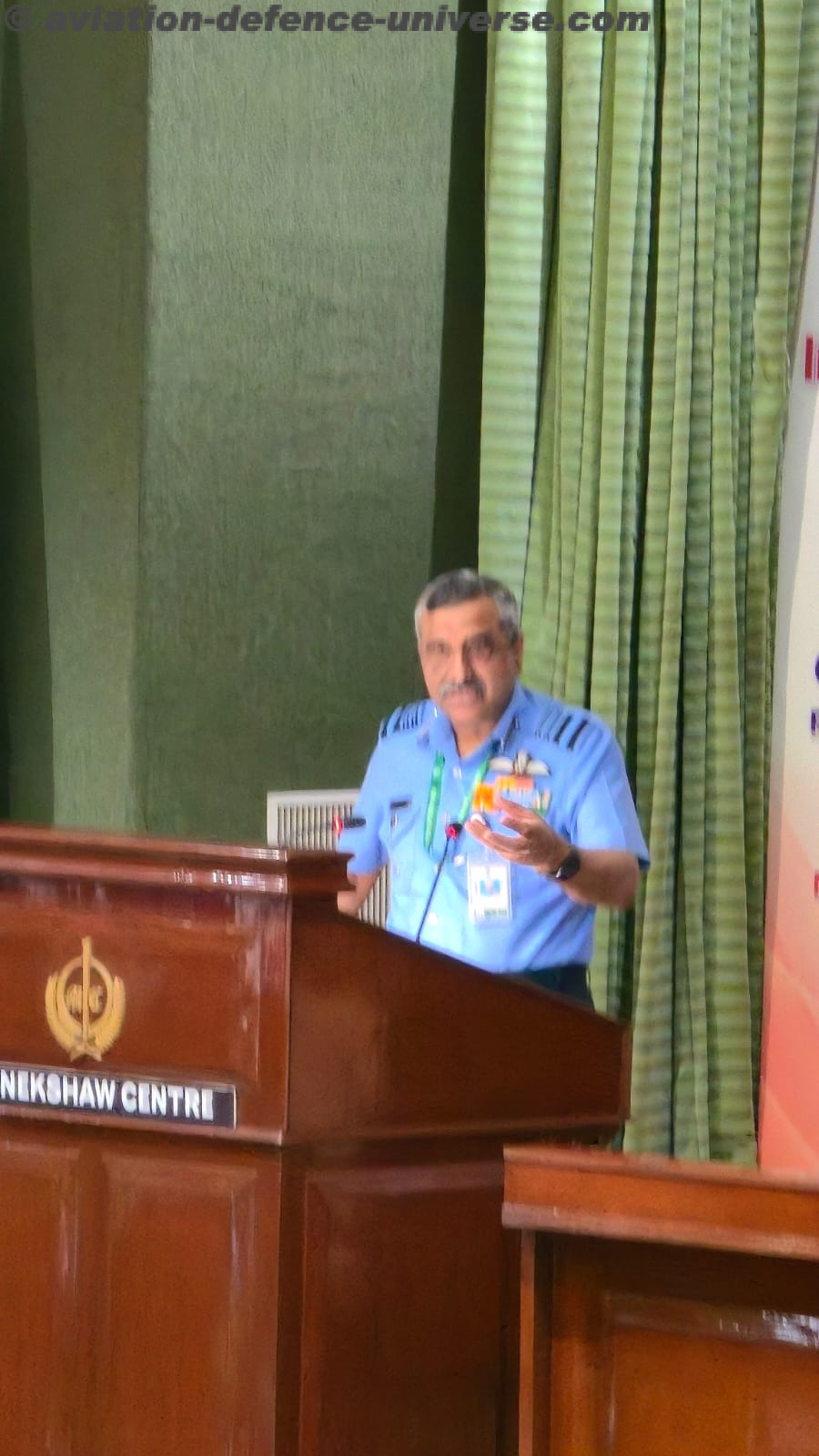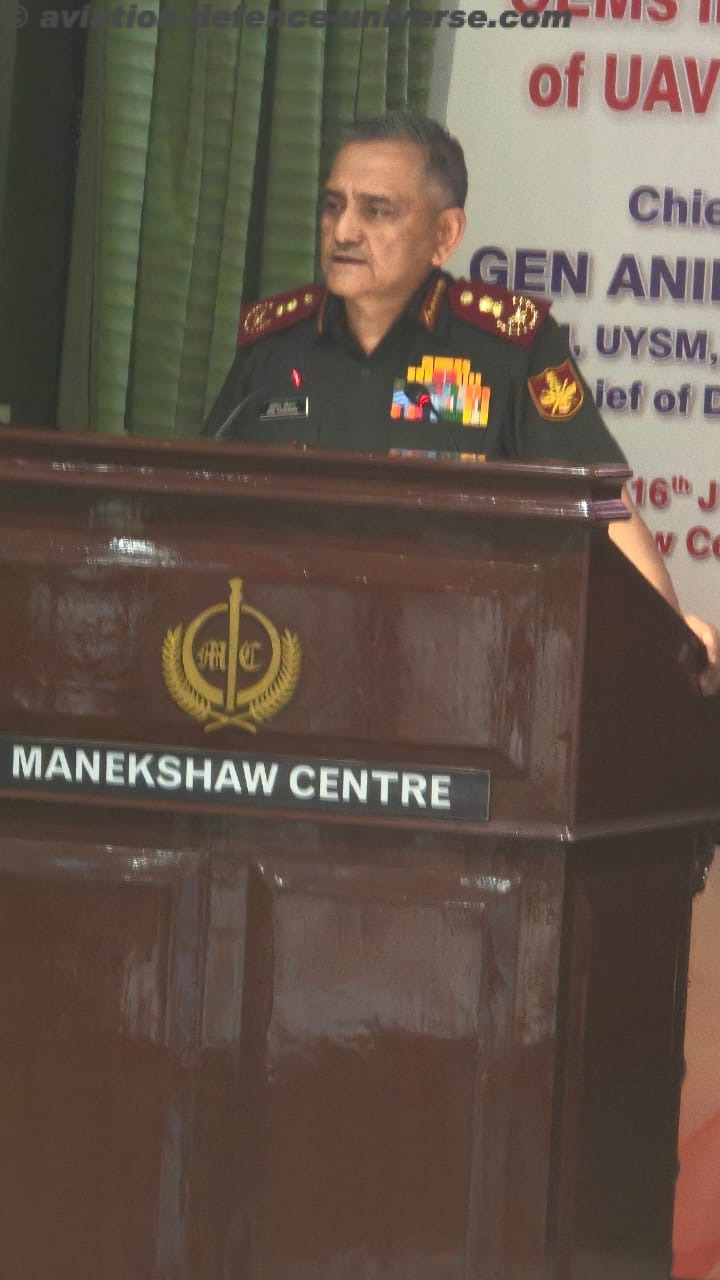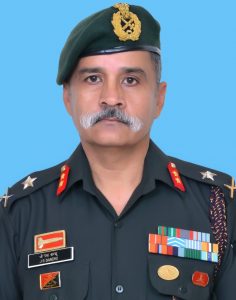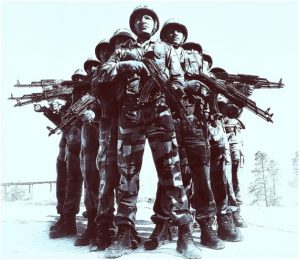
- India celebrates 74th Infantry Day
- Soldiers on foot live in the nation’s heart
By Brig. VK Atray & Sangeeta Saxena
New Delhi. 27 October 2020. India got together today to remember the sacrifices made, recall the valour and relive the bravery of its Army’s foot soldier from situations of war, no war & no peace and near war –never peace. It was a day to commemorate the contributions of Infantry, the largest fighting arm of the Indian Army.
The nation was celebrating the 74th Infantry Day on 27 October 2020, paying homage to the 20 bravehearts including the Commanding Officer in this violent face off at Galwan in June this year. It is not a clash but an absolute battle and these infantry soldiers have definitely got killed in action.
This day has a unique significance for Infantry, as it was on this day in 1947 that Infantrymen from Indian Army became the first troops to land at Srinagar airport, an act which turned back the invaders from the outskirts of Srinagar and saved the state of Jammu and Kashmir from a Pakistan backed tribal invasion.
What legendary Field Marshal Montgomery said then is also the valid today , “The least spectacular of all arms, but without which you can do nothing, nothing at all,”. Even in this age of hi-tech weaponry, it is the foot soldier who ultimately delivers. Guns, missiles, rockets, fighters and submarines-to name a few- only tame the adversary. Victory is established only when the Infantry soldier raises the national flag on captured territory.
Infantry is the basic fighting arm , an arm of close combat, ensures enemy defeat and thus becomes the most indispensable in any army. And India is no different. Like all armies the world over, infantry is the prime arm of the Indian Army. Army is the final bastion of the nation’s security and Infantry ensures its achievement. The Gorkhas, the Sikhs, the Marathas, the Rajputs, the Punjab, the Parachute Regiments, the Bihar, the Mahar, the Jat, the Kumaon, and many more have been a part of the great traditions of the Indian Army and even today give it the formidable strength.
Queen of the battle field, the Infantry plays the key role in ensuring actual occupation of territory on ground, in war, peace and low intensity conflict. And Infantry has been proving this since its inception. And this is when it is woefully short of bullet proof jackets, surveillance equipment for day and night, GPS, even updated maps and communication equipment, needs a rifle to the right friend in need, has obsolete Tactical Communication , Battlefield Surveillance and Battlefield Management Systems. The government is trying to make it state-of-the-art, but the speed of change needs to be quickened.
27 Oct, is celebrated as Infantry Day by the Indian Army as it was on this day (27 Oct 1947) that a Company of Infantry of The First Battalion of the SIKH Regiment was airlifted from Delhi to Srinagar, to liberate Kashmir from the invading tribes supported by the Pakistan Army. This action was ordered by PM Jawahar Lal Nehru after Maharaja Hari Singh of Jammu and Kashmir signed the Instrument of Accession, acceding his kingdom, “Jammu and Kashmir” to independent India. Another significance of this day is that it was on this day in 1947 that India as an independent nation was first time engaged in operations against an aggressor.
Infantry is the largest fighting arm of the Indian Army, also popularly known as the “Queen of the Battle”, it is the backbone of the Indian Army and its soldiers bear the main brunt in any battle. Physical fitness, aggression and discipline are the basic qualities required in these men. The Infantry units of Indian Army have been modernized, equipped and trained to make the Indian Army amongst the best in the world.
On this occasion it would be pertinent to recollect that Pakistan Army had launched ‘Operation Gulmarg’ in early October 1947 using tribals to annex Jammu and Kashmir. Hostilities began in early October 1947, when a tribal rebellion was instigated in Poonch in Southwest Kashmir. By 20th October the Pakistani Army entered the conflict in support of the tribal forces. On 22nd October, 1947, a Lashkar of five thousand tribes men invaded the Kashmir Valley from Abbottabad. On 26th October 1947, Maharaja Hari Singh signed the Instrument of Accession thus making Jammu and Kashmir an integral part of India and the Indian Army was thereafter ordered to evict the invaders. The entire campaign was predominantly Infantry centric and its commencement on 27 October 1947 is commemorated as ‘Infantry Day’.
As part of the Infantry Day celebrations, a ‘Wreath Laying’ ceremony was held at National War Memorial to honour the martyrs of the Infantry, who made the supreme sacrifice on various battlefields in service of the nation. Gen Bipin Rawat, Chief of Defence Staff, and Gen MM Naravane, Chief of Army Staff along with all Army Commanders and Colonels of the Regiment, laid wreaths on this solemn occasion. Three decorated veterans of Operation Vijay and Operation Meghdoot Brigadier Umesh Singh Bawa, Vir Chakra (Retd), Subedar (Honorary Captain) Sansar Chand, Maha Vir Chakra (Retd) and Naik Jai Ram Singh, Vir Chakra (Retd) also laid wreaths on behalf of veterans of Infantry.
In his message to all Infantrymen on this day, Director General of Infantry exhorted them to rededicate themselves to the core value of bravery, sacrifice, selfless devotion to duty and professionalism, and to remain indomitable in their resolve to defend the integrity and sovereignty of the country.
The soldier’s home is his paltan and the Regimental Centre his alma mater. As a new recruit he joins the Centre, undergoes an exhaustive but aimed training, finishes it by taking the oath of loyalty and then moves to his Battalion. The Army keeps sending him back to the alma mater or upgrading himself. When it is time for him to retire and bid goodbye , he returns to Centre for his paperwork of release. The bond he creates with both the paltan and Centre are for life.
As Army celebrates 74th Infantry Day with traditional solemnity and gaiety all across the various formations, let us remember-The ‘Best Soldier’ of the world cannot have second best weapon, equipment or clothing. When the Indian Army introduced Modification 4B for the Infantry nearly two decades back it wanted to keep fire power, surveillance, communications and night capability as priority. Then came the Indian Army’s Future Infantry Soldier As a System (F-INSAS) program with lethality, survivability and mobility while making the soldier ‘a self-contained fighting machine’, is based on the Land Warrior system of the US Army and Future Soldier Programs of other nations.
A networked military is faster on what military jargon calls the OODA loop — the cycle of observing (detecting the enemy), orienting (locating him), deciding (the type and location of a weapon to engage him most effectively) and acting (to launch the weapon to destroy the enemy). For this it needs an efficient and secure Battle Management System (BMS). The project though has been shelved, one still hopes our infantry gets a state-of-the-art system to manage operations and battles.
The modernisation process should be aimed to harness advanced technologies, to enhance the operational capabilities of Infantry across the full spectrum of conflict. Hope the powers that be ensure this, for the soldiers on foot live in the nation’s heart and their needs if left wanting will be the nation’s deprivation.











